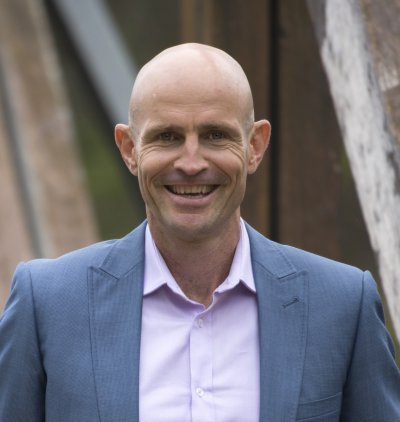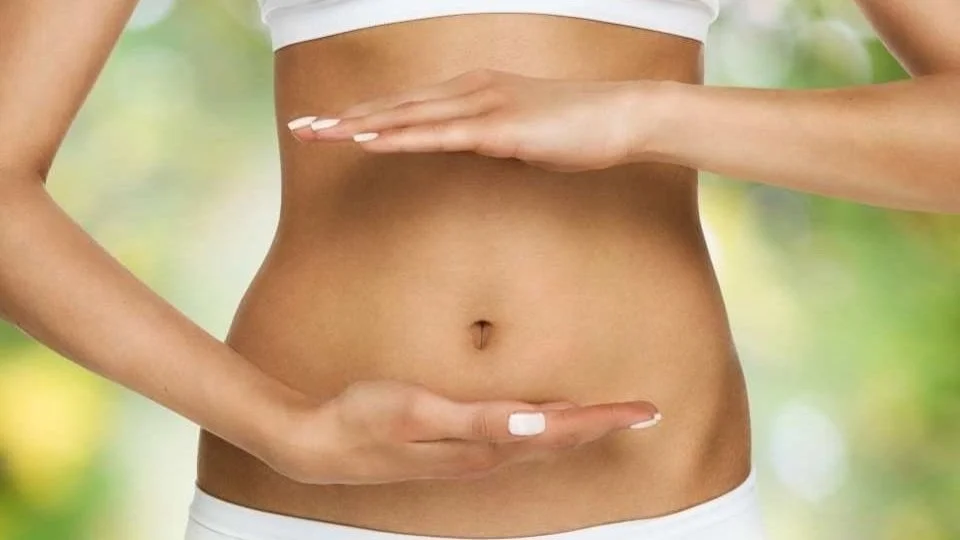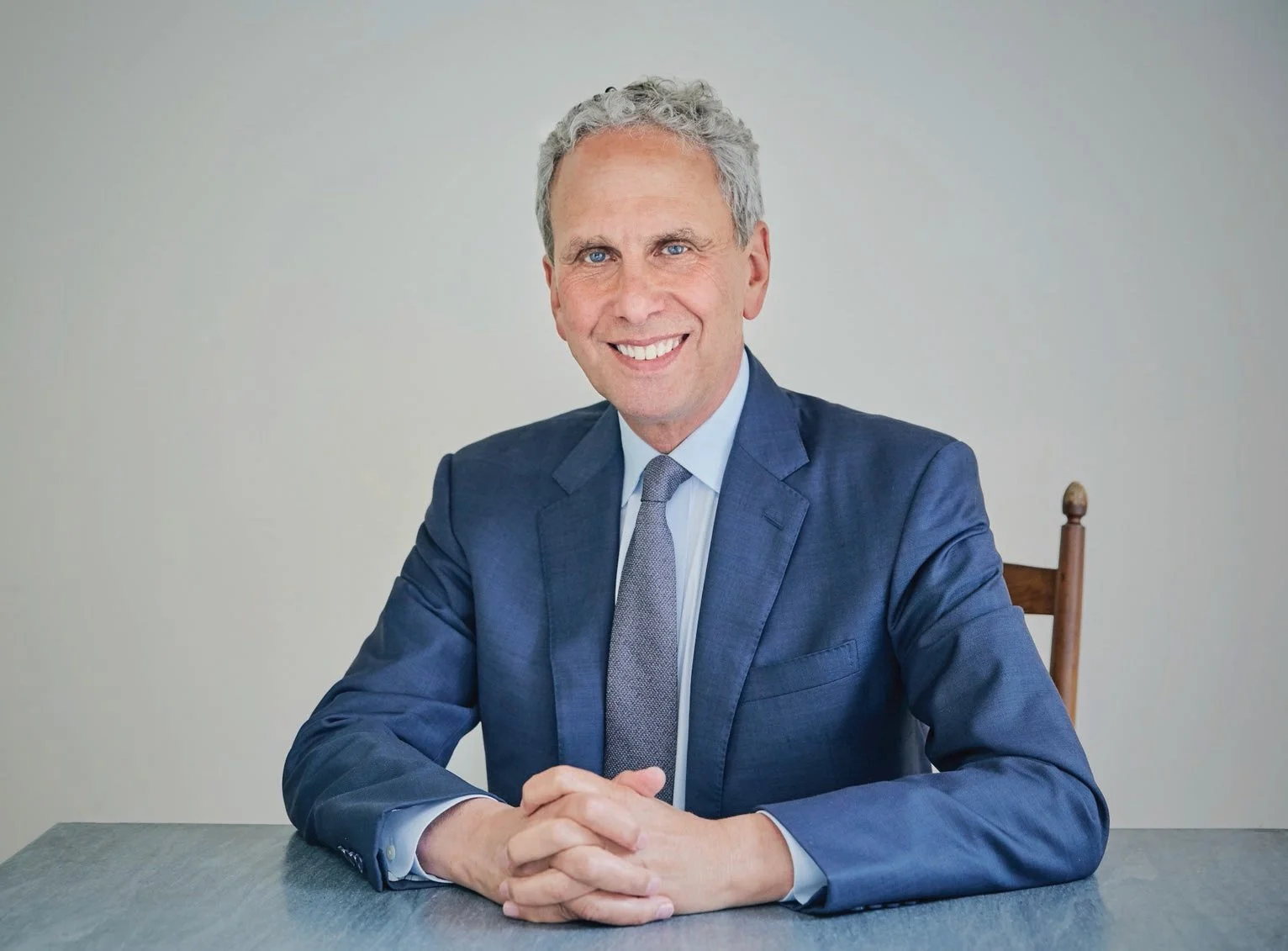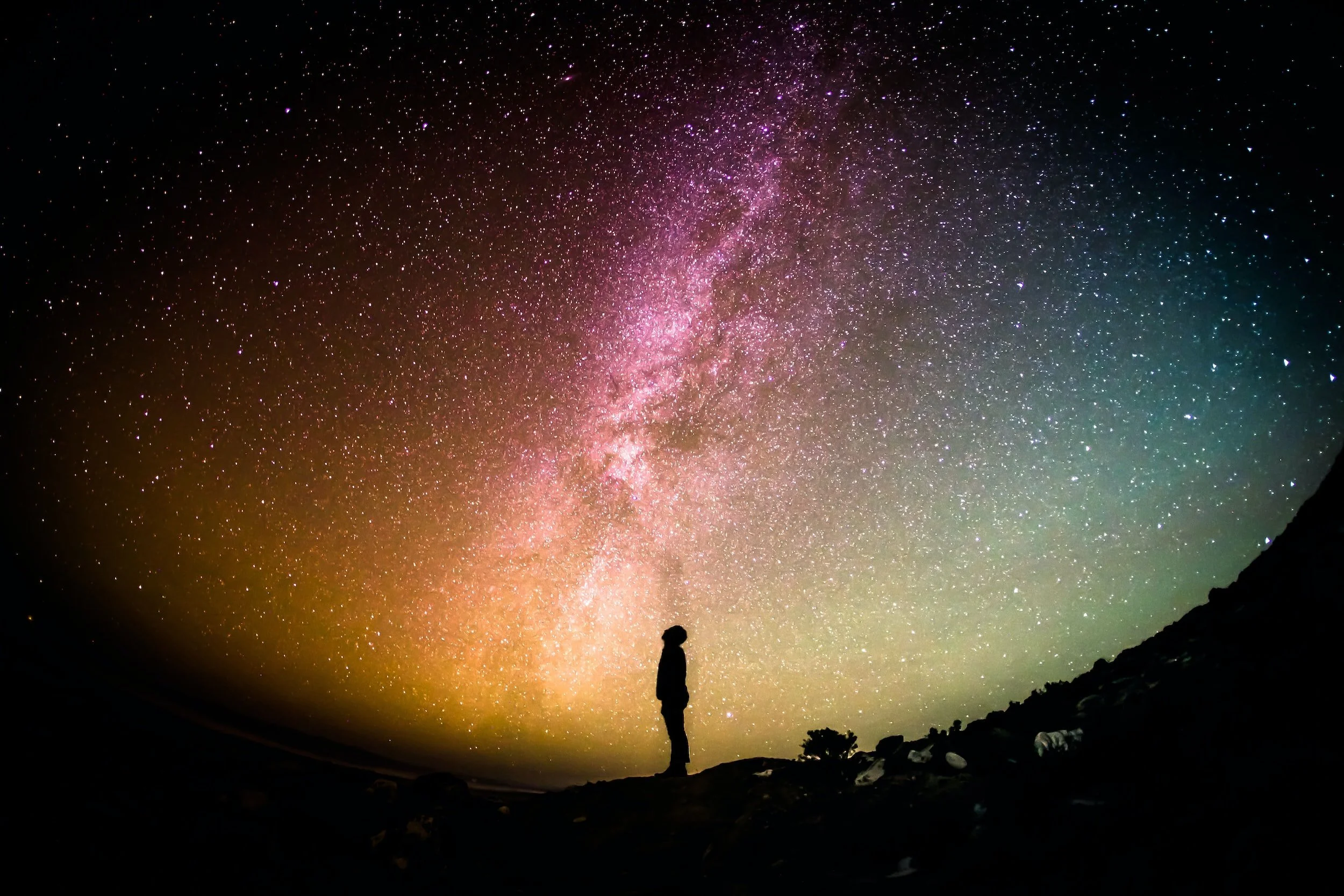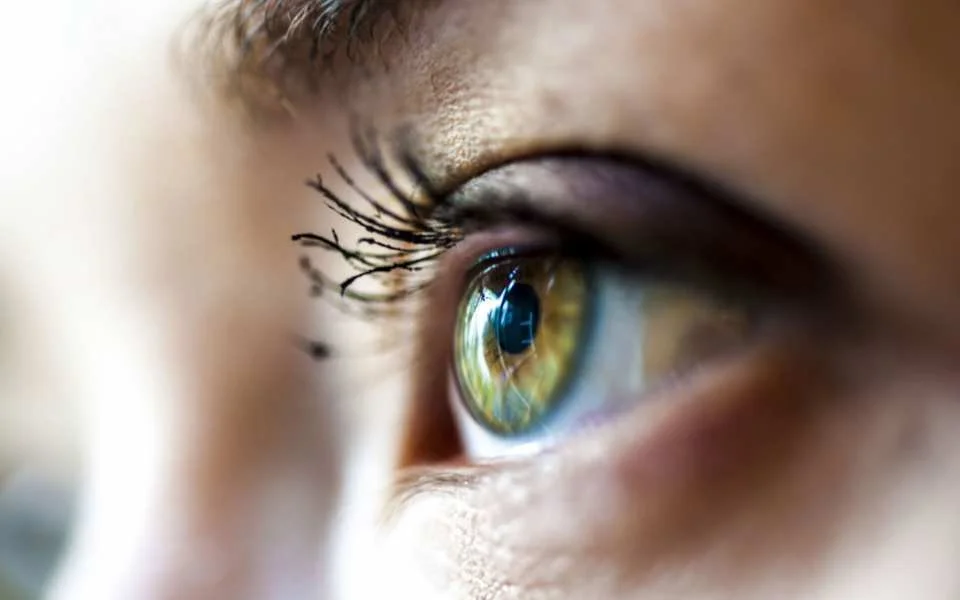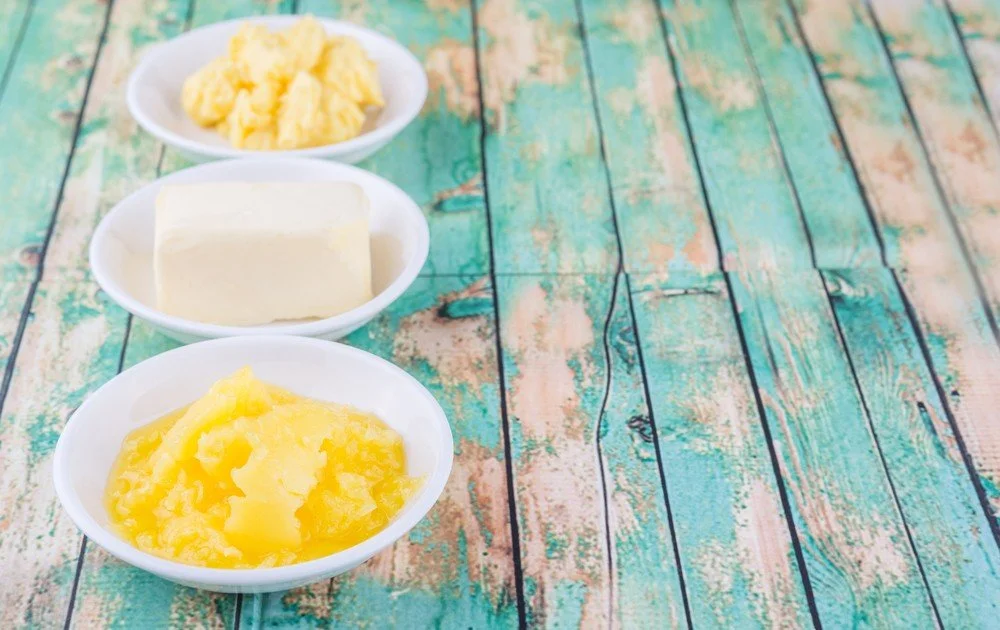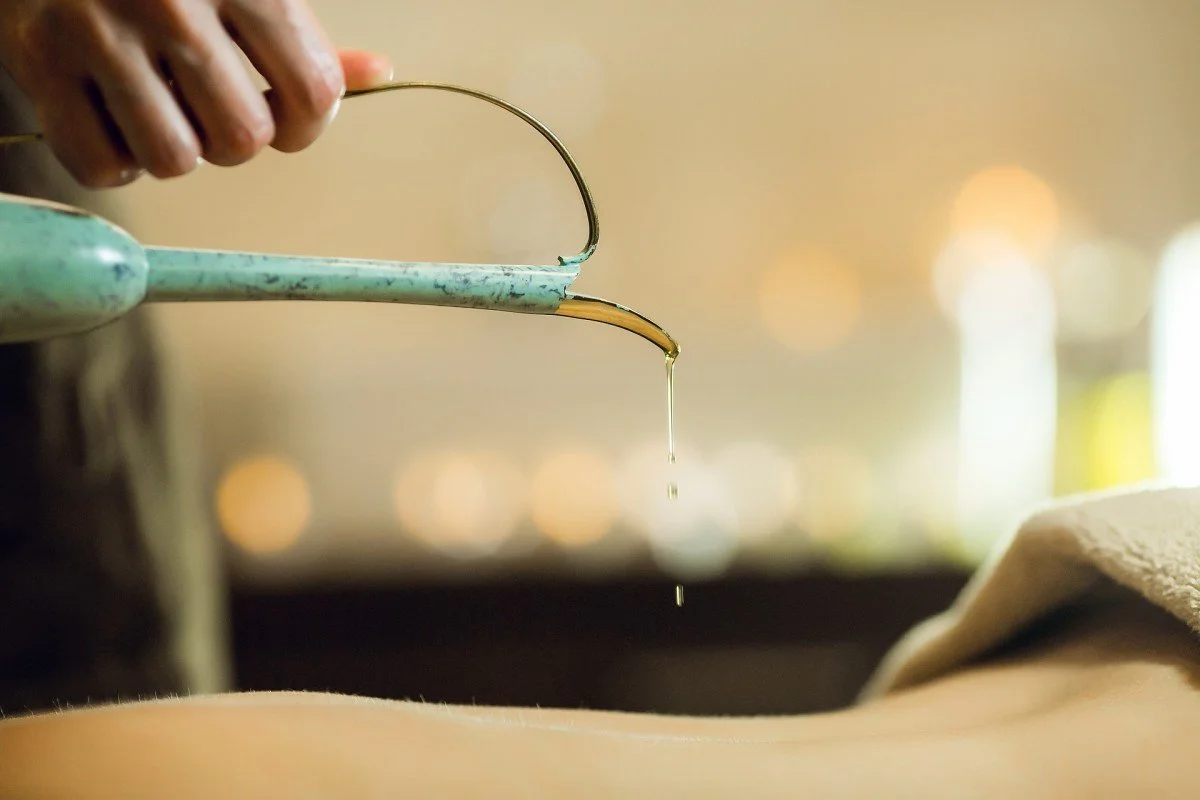Sun Exposure & Vitamin D – Why You Need to Get Naked at Noon?
Did you know that getting some sun at the exact time most experts tell you NOT to – in the ‘middle of the day’ – may in fact be absolutely critical for your health!
With some great media coverage and work by groups such as the Australian Cancer Council over the last few years, most of us are now aware of the widespread problems associated with vitamin D deficiency. These include most common cancers, cardiovascular disease, diabetes, osteoporosis, bacterial and viral infections, autoimmune diseases such as asthma and multiple sclerosis, depression and many others.
However, what most people STILL don’t realise is that the commonly heard advice to get our sun exposure in either the early morning or late afternoon may greatly compromise our health.
ALL SUNLIGHT IS NOT THE SAME.
While we commonly hear about the effects of UV radiation, there are in fact two main types of UV rays. UVA is equally present from dawn to dusk in both summer and winter. However, UVB radiation – which is the only form of sunlight that produces the all-important Vitamin D – varies in strength depending on the height of the sun. The ‘higher’ the sun, the greater the UVB.
Dr. Michael F. Holick, Professor of Medicine, Physiology and Biophysics at Boston University School of Medicine and the author of, ‘The Vitamin D Solution’ and ‘The UV Advantage’, explains the problem. “Exposure to early morning and late afternoon sunlight does not provide any vitamin D but does expose us to UVA radiation which can alter the immune system and increase risk for skin cancer.”
Dr William.B. Grant, the Director of Sunlight, Nutrition and Health Research Center in California, and author of over 150 internationally published studies on UV and/or vitamin D (making him arguably the world’s No.1 authority on the subject), adds, “In the absence of burning, UVA is a more important risk factor for melanoma than UVB. When the sun is low on the horizon, such as in early morning and late afternoon or winter, there will be very little UVB, just UVA”.
In the northern parts of Australia, UVB is present most times of the day for most of the year, so the discussion here is largely focused on the southern half of Australia.
GETTING THE BALANCE RIGHT
The Australian Cancer Council – who has a core priority to try and prevent and reduce the incidence of skin cancer – while not recommending midday exposures when the UV index is above 3, do not necessarily recommend early morning or late afternoon sun exposure. They generally recommend small exposures just outside of peak times. E.g. around mid-morning (10am) or mid-afternoon (3pm).
In summer, mid-morning is an ideal time, as the presence of UVB is strong enough to confer a vitamin D benefit, but there is less risk of burning as compared to the midday sun (or when the UV rating is above 3). Unfortunately, the practical reality for many Australians, particularly those who have demanding, indoors jobs, is that they are either unwilling or unable to leave work at such times. Such people who also follow the common recommendation to completely avoid any midday sun exposure, will almost certainly develop a vitamin D deficiency (unless they were to supplement, which can have its own drawbacks, particularly when relied upon all-year round). Even worse, they will not even reduce their risk of skin cancer. According to a 2009 study abstract from the US Food and DrugAdministration, Center for Devices and Radiological Health, indoor workers get three to nine times less solar UV exposure than outdoor workers,yet have an increasing incidence of melanoma. Outdoor workers do not. Again, the reason for this is suggested to be because indoor workers have low levels of vitamin D (due to low UVB sunlight exposure) as well as having increased UVA exposure. UVA can pass through windows and break down vitamin D. In such instances and for optimal vitamin D synthesis generally, the idea of getting small amounts of sun exposure closer to middle of the day is gathering a growing body of research and expert support.
Back in 2008, a group of Norwegian researchers from the Institute for Cancer Research in Oslo concluded their study on sunlight exposure and skin cancer by saying, ‘To get an optimal vitamin D supplement from the sun at a minimal risk of the deadliest form of skin cancer (CMM) the best time of sun exposure is noon. Common health recommendations given by authorities in many countries, that sun exposure should be avoided for 3-5 hours around noon and postponed to the afternoon, may be wrong and mayeven promote CMM’ (cutaneous malignant melanoma – i.e. skin cancer).’ Due to the fact that what are known as high UVA fluence rates last about twice as long after noon as high UVB fluence rates do, they suggest that ‘short’, exposures around noon should be recommended rather than longer exposures in the afternoon’.1
EXPERT OPINIONS
When asked for their opinions on the best time of day for healthy sun exposure (understanding the article was for Australia) the following experts replied as follows;
Dr. Michael Holick: “The best times to obtain the beneficial effect of sun exposure i.e. vitamin D synthesis is between 10 AM and 3 PM. After sensible sun exposure where the exact time depends upon the time of day, season of the year and degree of skin pigmentation, I recommend good sun protection”.
Dr William Grant: “The most efficient way to produce vitamin D from sunlight is to expose as much of the body as practical for a few minutes near the middle of the day. The shorter one’s shadow is, the better (for vitamin D production) as there will be more UVB compared to UVA (320-400 nm)”.
Prof. Johan Moan Ph.D – Group leader, Department of Radiation Biology, Institute for Cancer Research at The Norwegian Radium Hospital, Oslo, and lead author of the above-mentioned study: “The best time for sun exposure is 2 hours around maximal sun elevation”.
Krispin Sullivan – a pioneer in the study of vitamin D research and author of the internationally regarded book ‘Naked at Noon’: “For the purposes of optimising our vitamin D status and thus maximising our protection against the many cancers and other serious diseases vitamin D insufficiency is associated with, we need to get a certain amount of sun exposure (though certainly not too much) – in the ‘middle of the day’.
Robyn Lucas, an epidemiologist at Australian National University, has said, “I believe we all need a little unprotected time in the sun during the middle hours of the day when the sun is at its highest and UVB rays can penetrate the atmosphere”. Avoiding overexposure and the ‘wrong’ exposures is the key.
In summary, the main direction of expert opinion suggests that early morning or late afternoon sun exposures alone, when UVB radiation is low, is not healthy and may cause more harm than good. Shorter exposures when UVB is higher are what seem to be optimal. We can understand the Cancer Council recommendation to avoid midday exposures when the total UV is high (i.e. summer), as I’m sure they know that people don’t always get a ‘little’ sun exposure, and the likelihood of overexposure (sunburn) and its adverse consequences are much greater. However, where individuals fail to or can’t get mid-morning exposures, then exposures closer to midday, for example in workers lunch breaks, should not necessarily be completely avoided.
When done deliberately, cautiously and conscientiously in small, limited, ‘safe’ doses appropriate for one’s skin type (exact details below), they may in fact be the missing link in addressing why despite decades of ‘anti-sun or sun avoidance’ campaigns, our rates of skin cancer are still at all-time highs. (Most people’s natural or gut wisdom suggests that the sun is health-promoting not harmful in small amounts!).
* The key here seems to be on getting regular, ‘small’ exposures when UVB radiation is high. It has no connection to sunbaking or being in the sun for anything close to the amount of time that would cause sunburn. While we obviously have to be more careful of avoiding overexposure in the middle of the day, and need less time in the sun, for many people it may also be the only (best) time to maximise their vitamin D levels. In such cases, they should do so, but with extra vigilance to avoid any overexposure.
REAL-LIFE EXAMPLES
Sonia (a 52 year-old woman from Sydney), and found an interesting difference between the, “I had a stress related skin disorder and was recommended to expose the rash to some sunlight. I reported back that I had done that – usually early in the day – but there wasn’t much improvement. The doctor said I had to do it for less time, but in the MIDDAY sun and the improvement was almost miraculous.”
HEALTHY SUNNING SUGGESTIONS:
1. Understand the Healthy Sun Formula
Appreciate that healthy sunning involves being in the sun for a period ‘before’ any skin damage from UVA occurs, but at times of the day that maximise UVB. I.e. in the middle of the day for most Australian locations.
2. Regardless of Time of Day, Get an Appropriate (Safe) Level of Exposure: The exact duration for optimal sun exposure varies depending on factors such as skin colour/type, age, diet and genes, the strength of the sun etc.
The recommendation of the Working Group of the Australian and New Zealand Bone and Mineral Society, Endocrine Society of Australia and Osteoporosis Australia is to ‘expose our hands, face and arms to one-third of the amount that produces a faint redness of your skin most days’. Experts such as Dr.Holick recommend exposing the arms and legs to the sun for no more than 50% of the time that it would take to get a mild pinkness to the skin – known as one minimal erythemal dose. E.g. If you ‘pinken’ in 20 minutes, expose yourself for 7-10 minutes maximum. If you ‘pinken’ in 10 minutes, sun for 3-5 minutes maximum.
* Note; exposing more skin may indeed be beneficial as it means you need less time in the sun and thus reduce the likelihood of burning. (Please don’t scare the neighbours!)
3. In Summer, Go for Mid-morning Exposure where possible
As a general guide (for most locations in Australia), where practical, follow the Cancer Council guideline of getting a little sun exposure outside of peak UV times. E.g. in the mid-morning, around 10am. (The Norway research and other recent research suggests that afternoon sun exposure is actually quite different to morning exposures of the same UV level, so may not be ideal).
4. Use the Shadow Rule
As there is a vast difference in terms of optimal sunning times between say Hobart and Cairns, a really helpful tip for knowing when vitamin D producing UVB rays are present, as suggested by Dr Grant, is to use the shadow rule. When your shadow is ‘shorter’ than you are, vitamin D producing UVB rays are present. This is basically the only time you can manufacture reasonable amounts ofvitamin D. This may occur as early as 8am in Cairns in summer, but will only occur closer to midday in places like Hobart, particularly when just coming into and at the end of summer.
5. If You Can’t Get Mid-morning Summer Sun, get Brief Midday Exposures. If for example you work in a corporate office or similar, and the only practical time for you to get some sun is on your lunch break, do so, but be ‘extra vigilant’ to avoid over exposure. Adhere strictly to only sunning to the point of 50% (maximum) of the amount that would give your skin the slightest colouring (even a minute or so may be enough for some people).
* Note that the above recommendations about mid-morning sun exposure relate primarily to the summer months. For all other times throughout the year, in most locations throughout Australia, we ‘must’ get our exposures closer to midday. (Follow the shadow rule).
6. Remember, it’s All About Small, Regular, Safe Exposures
Never forget, more is definitely not better. Burning or even quickly colouring the skin is certainly not healthy.
REFERENCES:
1. Moan, J. Dahlback, A. Porojnicu, AC. At what time should one go out in the sun. Advanced Experiments in Medical Biology 2008; 624: 86-88.
* See Mark’s full list of 38 scientific references on sunlight & vitamin D
* Read Mark’s full ‘Sunlight & Vitamin D’ Health article here
Further Resources
ARTICLE WRITTEN BY MARK BUNN
Mark Bunn is the Founder of Dharmic Living and author of the three-time best-selling ‘Ancient Wisdom for Modern Health‘.
Featured Articles
Topics
- Alcohol 1
- Allergies 1
- AntiInflammatory 2
- Arthritis 1
- Asthma 1
- Atkins 1
- Autumn 1
- Ayurveda 22
- Ayurvedic Medicine 12
- Ayurvedic Science 2
- Bad Breath 1
- Beer 1
- Blood Sugar 1
- Bob Roth 1
- Body Odour 1
- Breakfast 2
- Breathing 1
- Business 2
- Butter 1
- Caffeine 1
- Cancer 6
- Carbohydrates 2
- Cataracts 1
- Charcoal Water 1
- Cholesterol 3
- Coffee 1
- Cold & Flu 1
- Cooking 1
- DR JR Raju 2
- Daily Cycles 2
- Dehydration 2
- Dental 3
- Detox Drinks 1
- Diabetes 1
- Diet & Nutrition 44
- Dieting 2
- Digestion 9
- Direction 1
- Disease 1
- EMF 1
- Earthing 2
- Eastern Medicine 1
- Eating 1
- Eating Out 1
- Exercise 9
- Eye Health 1
- Fish Oil 1
- Flaxseed 1
- Food Quality 2
- Forest Bathing 1


